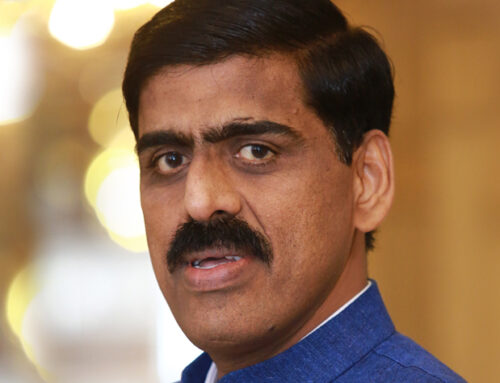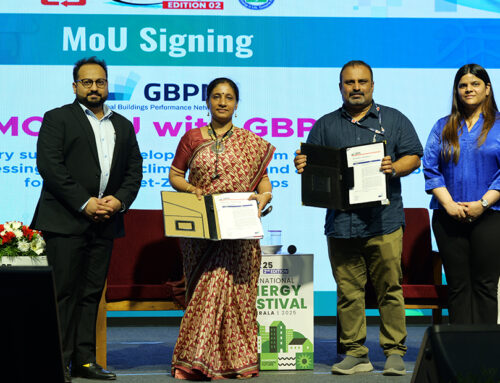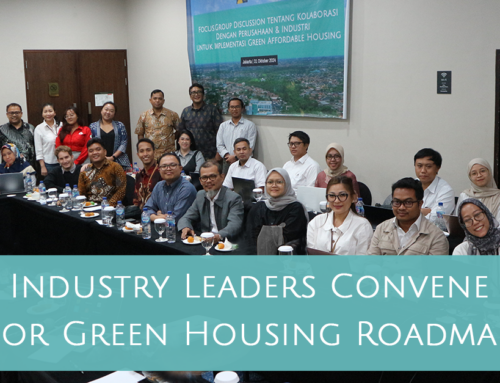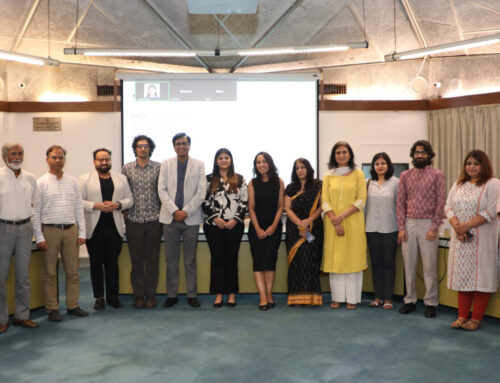Shatakshi Suman has a big ambition. Within the next decade, she hopes the work she and her team are doing will see all new buildings across India complying with new sustainable building codes that will reduce their carbon footprint and help stop climate change.

Ms Suman is leading the Sustainable buildings team at the Alliance for an Energy Efficient Economy (AEEE). She has also been heading up a team of strategic implementers on a GBPN project that could be the key to making this happen.
India has long been enthusiastic about sustainable building. The Bureau of Energy Efficiency launched its Energy Conservation Building Code (ECBC) for commercial buildings in 2007 and the Eco Niwas Samhita (ENS) for residential buildings in 2018. But getting builders to implement the recommendations has been a challenge.
“ECBC was in the market for more than a decade but adoption has been pretty bleak. The thought process behind developing the ENS was to make it easy to understand, adopt, implement and apply,’ Ms Suman said.
“But one of the major challenges is that India is a developing country and people don’t want to compromise the ease of doing business; they want economic growth. So without compromising on the development that’s happening we had to think about how could we support implementation of a new code or standard which is more about the environment?”
Keeping it simple
The solution to fasttrack ENS implementation, according to Ms Suman and the team, was to make the process of implementation just as straightforward as the code itself.
“We wanted the tool we were creating to be driven by the same thought process behind the ENS so it would be easy to use and navigate and would bring all that was required to make an ENS-compliant building under the same roof,” she said.
“What we have created is an online tool that brings all the different initiatives that have been going on in different nooks and corners to a single platform to facilitate adoption. We hope this will give confidence to an administrator at the state level to adopt the code and we look forward to seeing it integrated and adopted on a larger scale.
“We are currently discussing the platform with the state of Gujarat and other states so we can scale it up elsewhere.”
GBPN’s Senior Advisor, India, Mr Gautam Nagar, said the project was an important step towards decarbonising the building sector in India.
“India’s residential footprint is swiftly increasing. Housing built today will last 40 to 60 years, and decisions made today will impact the long term efficiency of the buildings ranging from how comfortable they are to live in, to environmental impacts on a larger scale,” he said.

“Presently, residential buildings account for 24% of the total energy consumption in India, which will rapidly increase without any intervention. Therefore, the need of the hour is to leverage the ENS, part I and II, and ensure it is implemented effectively.”
Supporting ENS
ENS was launched in two parts. Part I sets minimum building envelope performance standards to limit heat transfer, enhance natural ventilation, and capture daylight potential. Part II focuses on energy-efficient electromechanical equipment for building operation such as air conditioners, fans and lighting fixtures; and renewable energy.
“If ENS (Part 1) is implemented effectively, it offers an energy-saving potential of 125 billion units of electricity per year by 2030 (the baseline year 2018),” Mr Nagar said.
“This is equivalent to about 100 million tons of CO2 emission.”
With relevant policies already in place at a Central government level, the goal of the project was to support Indian State governments to adopt appropriate sustainable buildings policies and energy codes. GBPN collaborated with Alliance for an Energy-Efficient Economy (AEEE), which works to increase ENS adoption in India through its policy adoption fund.
Starting in 2020, the project was conducted in three phases:
- Inception: The inception phase assessed the policy landscape at the National, State and city/local level to kick-start the work towards implementation of ENS, working in collaboration with the ongoing programs administrative process at the Central and State level. The Ahmedabad Municipal Corporation (AMC) in the State of Gujarat was also selected to participate in a pilot project.
- Framework proposal: Active stakeholder engagement was conducted to develop a proposed framework for a platform to support code implementation.
- Developing the platform: An online platform was created to facilitate and empower the adoption, compliance, and enforcement of ENS in housing projects in Gujarat and the pilot demonstration through Ahmedabad city.
The Beta version of the platform will be launched in August 2022.
Share This Story, Choose Your Platform!
Stay in touch with how we’re transforming the buildings sector
GBPN runs innovative building policy reform programs in key regions around the world that aim to tackle the climate emergency by decarbonising the buildings sector. Stay up to date with our newsletter.
Stay in touch with how we’re transforming the buildings sector
GBPN runs innovative building policy reform programs in key regions around the world that aim to tackle the climate emergency by decarbonising the buildings sector. Stay up to date with our newsletter.







